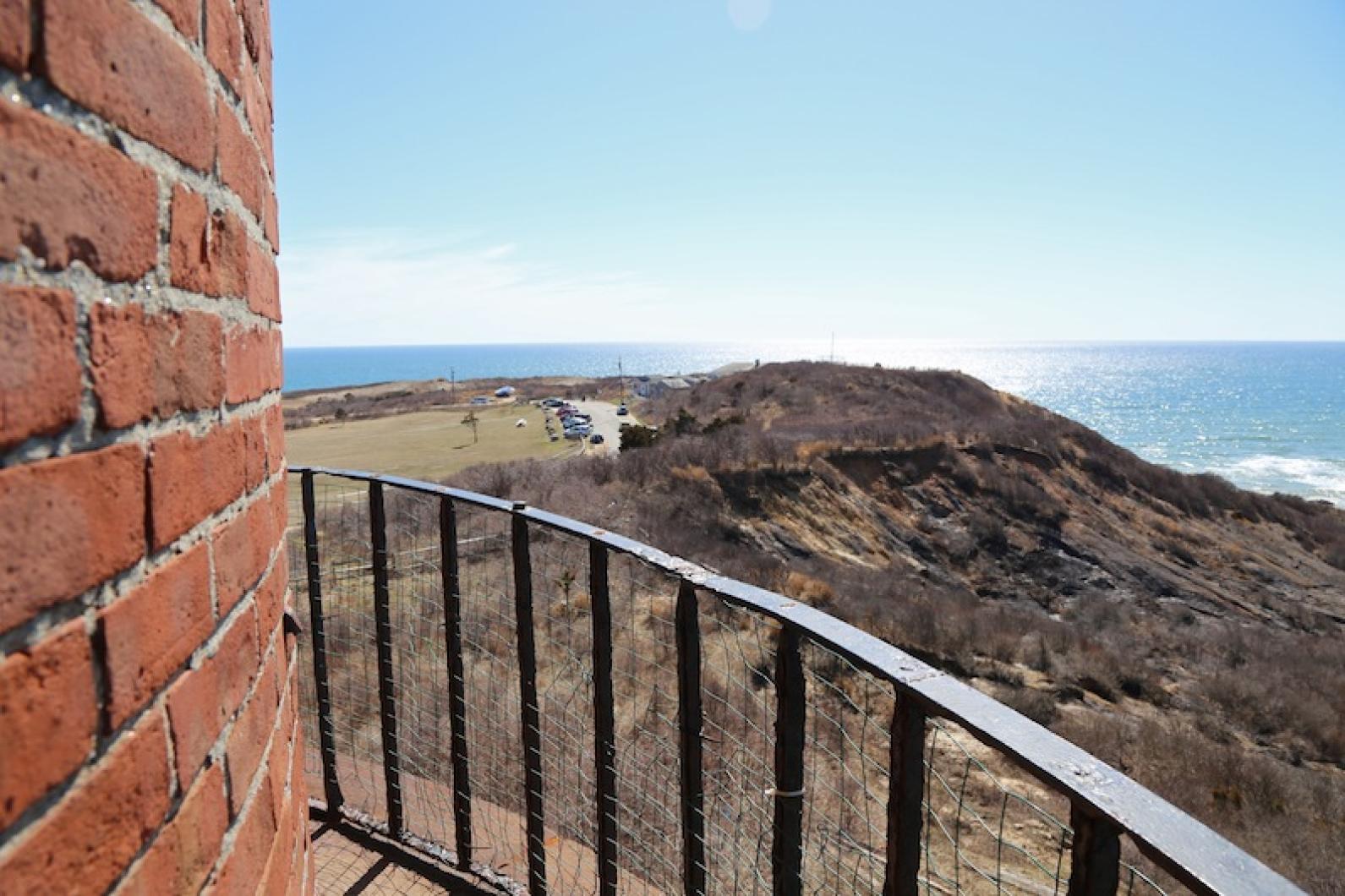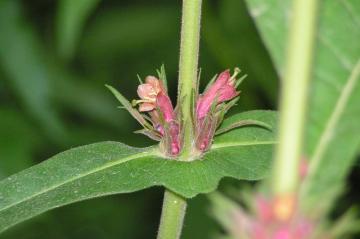
Excavation work begins Monday for lighthouse relocation, which will take place over the next several weeks. – Alison Mead
The Division of Fisheries and Wildlife has approved an 11th-hour conservation plan for protecting the endangered broad tinker’s weed near the Gay Head Light, clearing the way for the final phases of the lighthouse relocation project.
The town of Aquinnah must now place 2.1 acres of habitat near the lighthouse into conservation, as an alternative to a site survey that would have taken place in June, when broad tinker’s weed appears. “That gives us the green light to go ahead with soil disturbance,” Len Butler, chairman of the lighthouse relocation committee, said Friday. “We are going to actually break ground on Monday.”
Without the state permit, which is expected to be filed today, work around the lighthouse has been at a near standstill. Last week, members of the US Coast Guard Aid to Navigation Team in Woods Hole extinguished the Gay Head Light and activated a temporary beacon near the shops at Aquinnah Circle.
Mr. Butler said the Natural Heritage and Endangered Species Program had worked to expedite the permitting process in light of the urgency of the move. The 1856 brick-and-mortar lighthouse stands just 46 feet from the eroding cliffs and will be relocated 135 feet to the east, to a spot the U.S. Geological Survey expects to be safe from erosion for at least 140 years.
A landscaping plan calls for the removal of existing vegetation, which would be stored at the Circle and replaced after the move. That work is expected to begin Monday. Mr. Butler said there was a good chance that any broad tinker’s weed at the site would survive the process. But none of the plants have been observed this year, he said, since it is too early in the season.
The 2.1 acres of conservation land will span three town-owned parcels near the Circle. The town will maintain the area with annual mowings and by putting up signs restricting foot traffic. Much of the area to be protected runs along the cliffs, which Mr. Butler said was ideal. “We were happy to put that in conservation because we don’t want people going up to the edge of the cliff,” he said. The landscaping plan also calls for a wooden fence and a hedge of rosa rugosa near the cliffs.
After the vegetation is removed, the topsoil will be stripped away under the supervision of Public Archaeology Lab of Pawtucket, R.I., and the Wampanoag Tribe of Gay Head (Aquinnah). PAL has already completed a spot survey of the site, as well as a more focused survey of the foundation of a former lightkeeper’s quarters.
International Chimney Corporation of Buffalo, N.Y., which is handling the move, has begun preparing the structure by replacing the mortar around loose bricks. The windows and doors of the structure will also be reinforced.
The excavation will start at the relocation end of the site, where a new concrete foundation will be poured. Mr. Butler said that has to happen first, since it would require time to set. A corridor will be dug between the lighthouse and the new location to support a bed of steel beams to guide the lighthouse to its new home. The move itself is expected to begin in late May. “But you never know what you will encounter,” Mr. Butler said.
“Hopefully everything will go smoothly now that all the hurdles have been overcome.”
